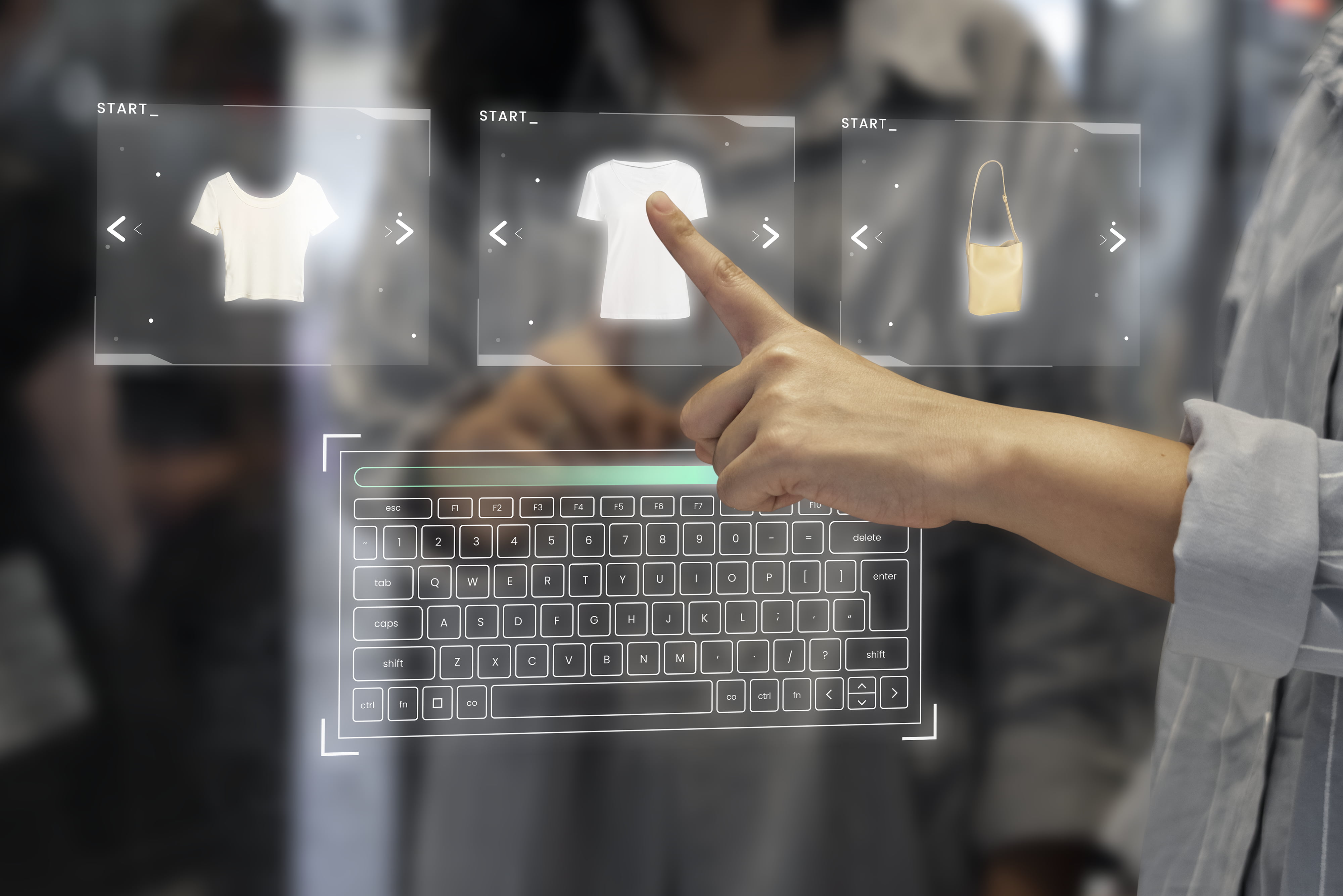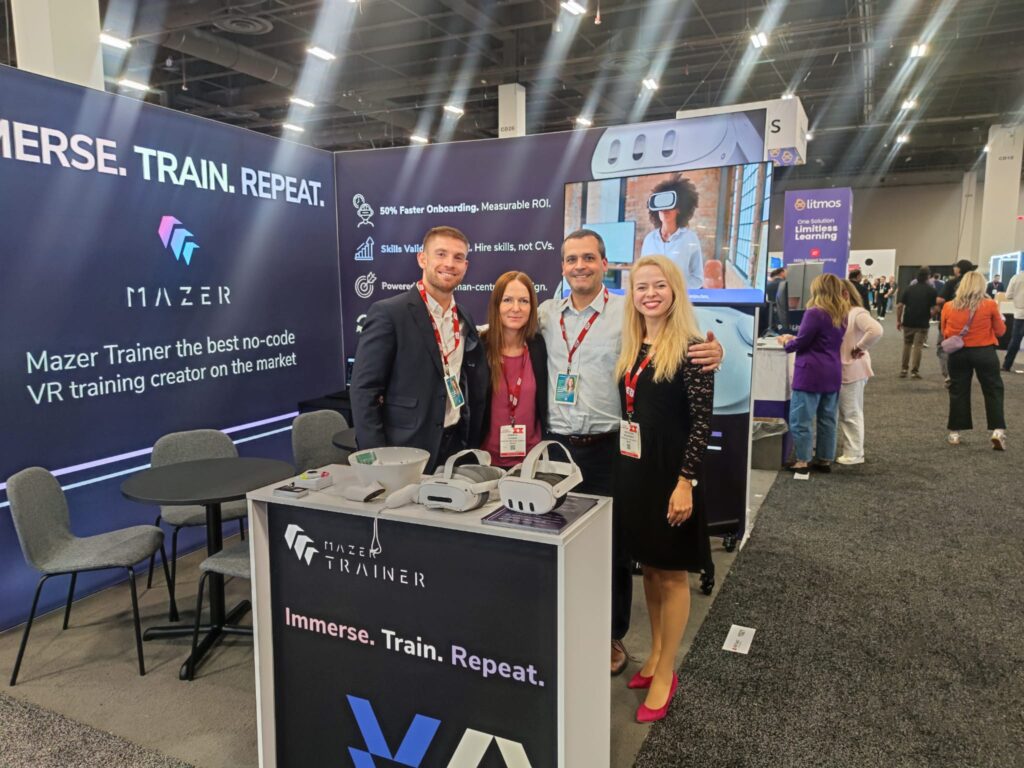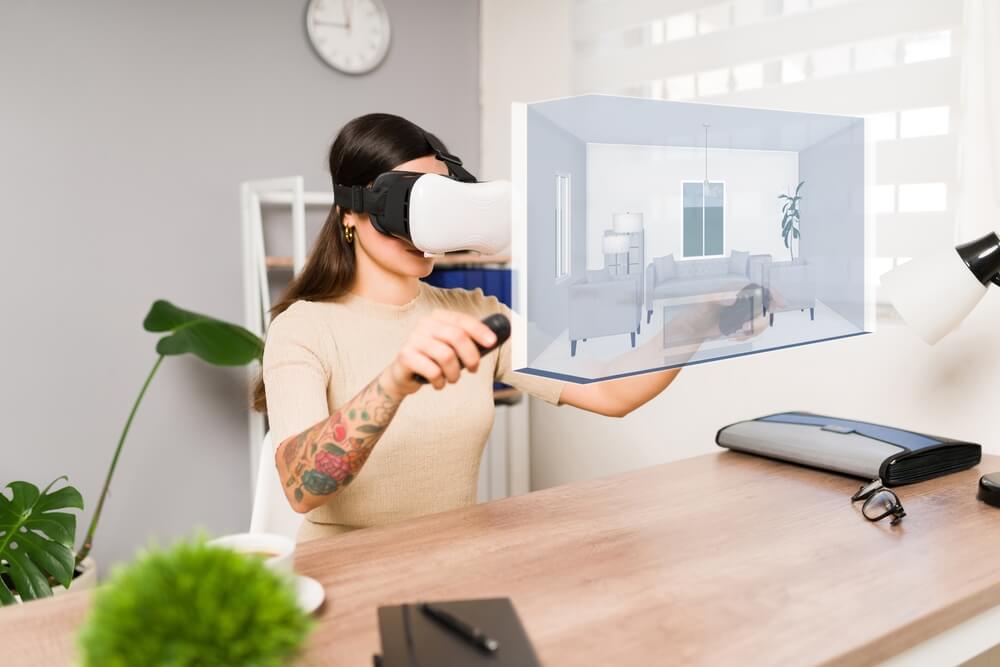V-Commerce: The Future of Online Shopping
Table of Contents:
What is V-commerce, also known as virtual commerce? This term usually refers to online shopping done with the use of extended reality (XR). V-commerce shopping helps create more immersive experiences but also eliminates many of the typical problems associated with e-commerce – for instance, the user may try out clothes purchased online in a VR environment. Do you want to learn more? Then read on.
What Is V-Commerce?
V-commerce means online shopping but done with extended reality, typically VR and AR. It’s the next level of e-commerce where users can see and interact with the goods in virtual reality or test them using augmented reality. It’s a rapidly growing sector – according to the PR Newswire report, the CAGR for VR and AR retail is on a steady 20% and 13% level respectively.
We need to mention here that v-commerce is not something that you will see just for physical goods. Companies that sell digital products also adopt this approach. For example, you might find educational courses sold on VR platforms that enable customers to immerse themselves in the training or even learn in simulations of real-life scenarios.
Unlock the future with Mazer: Your innovation partner.
Why Is V-Commerce a Thing?
Immersion is always important for customers, but it would not be sufficient for companies to widely adopt extended reality. Therefore, you might naturally expect that there is much more to v-commerce – and you are right. V-commerce shopping not only helps companies deliver better, often more customized experiences but also helps with certain issues that traditional e-commerce struggles with.
To understand this better, take a look at the list below. We have put there the main benefits of v-commerce over its traditional version.
Product Testing
One of the main obstacles to e-commerce shopping is the lack of possibility to test the products. Whether it is clothes or furniture, the customer has to wait for the order to arrive in order to see whether the product fits and meets their expectations. This has several consequences for both customers and businesses:
- customers might fear purchasing certain products online,
- businesses struggle with higher return rates, which cost them a substantial part of their income,
- it is more difficult to deliver positive customer experiences.
V-commerce defeats all these problems by enabling the customers to…test their products. For example:
- customers can use virtual fitting rooms to make sure the clothes look good and fit them,
- customers may use AR apps to place the furniture they want to buy in their apartments, hence seeing how it fits the space.
Excellent Customer Service
You cannot provide all your online customers with customer service on the same level as in your physical stores, right? Well, with v-commerce, you can.
The trick here is simple. If you offer your products in virtual fitting rooms, you can use one platform (or several, with one for each location) for all your customers. This way, you can have one or two virtual customer service agents on each platform who will help the customers. As a result, you mix the brick-and-mortar store CS quality with the convenience of online shopping, offering your customers the best of both worlds.
Immersive Experience
There is nothing as satisfying as getting to feel the items you want to buy and see them in practice. But, it’s not possible in traditional e-commerce. What about v-commerce shopping?
In this case, you can do this! By providing online shoppers with the possibility to use AR or VR to view your stock, you recreate the traditional shopping experience in a much more convenient digital form. Thus, you can enhance the overall customer experience in your store.
The Takeaway
With all the above information, there is just one question we need to answer: is v-commerce really the future of online shopping? In our opinion, yes. Since it combines the best of both worlds, it’s the perfect choice for any e-commerce. The only downside is that it might still take a few years to become fully popular since many consumers still do not own VR headsets. Nevertheless, it is bound to be how we shall shop in the future.
You might also read: How The Metaverse Could Enhance E-Commerce

Author: Rafał Siejca
Rafal has over twenty years of corporate experience, including roles at Millennium Bank, Comarch, and leading software teams at PZU, one of Europe’s largest insurance companies. As one of Poland’s few true VR experts with a decade of experience, he ensures timely, high-quality project delivery as CEO and CTO.










